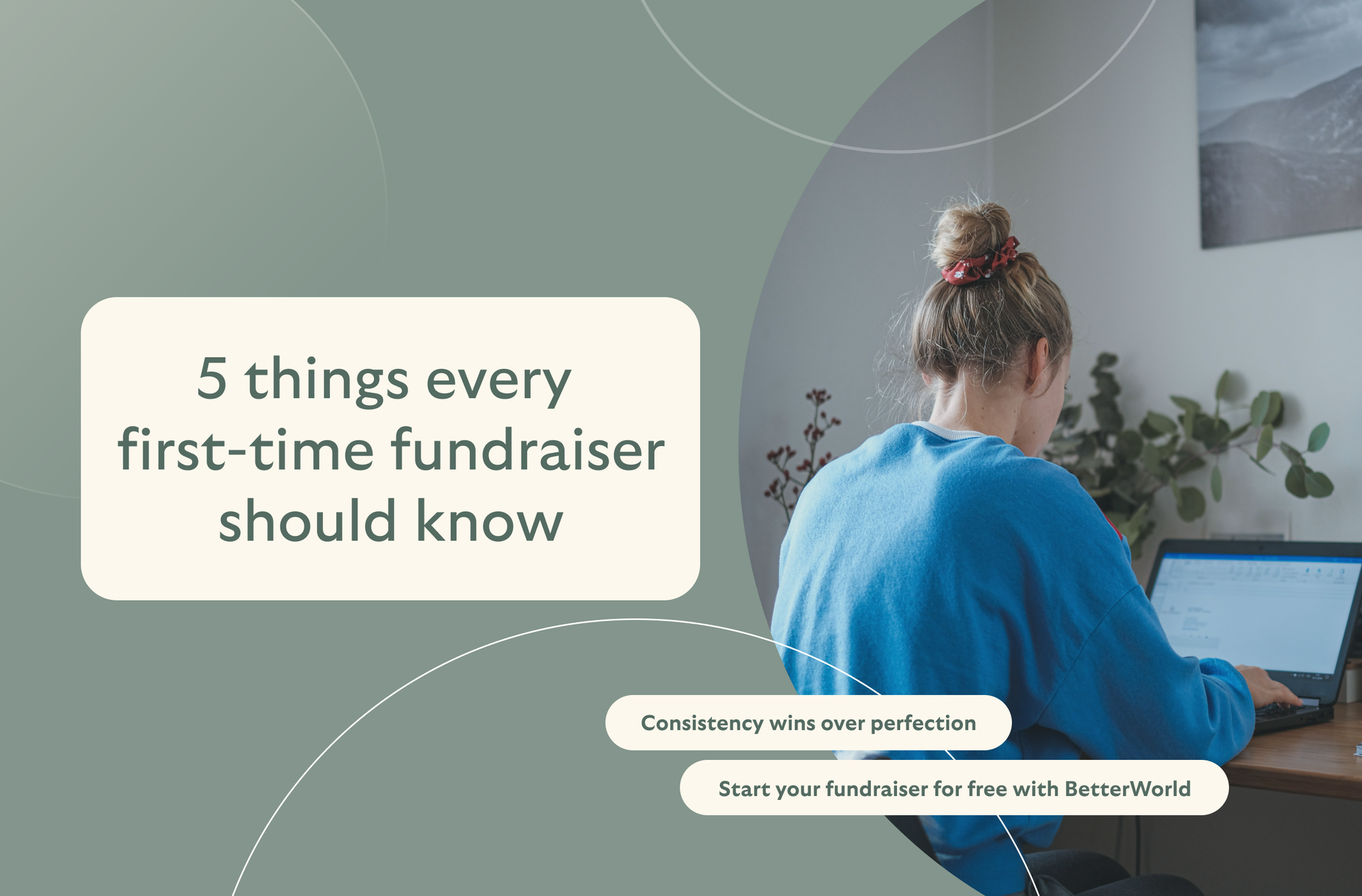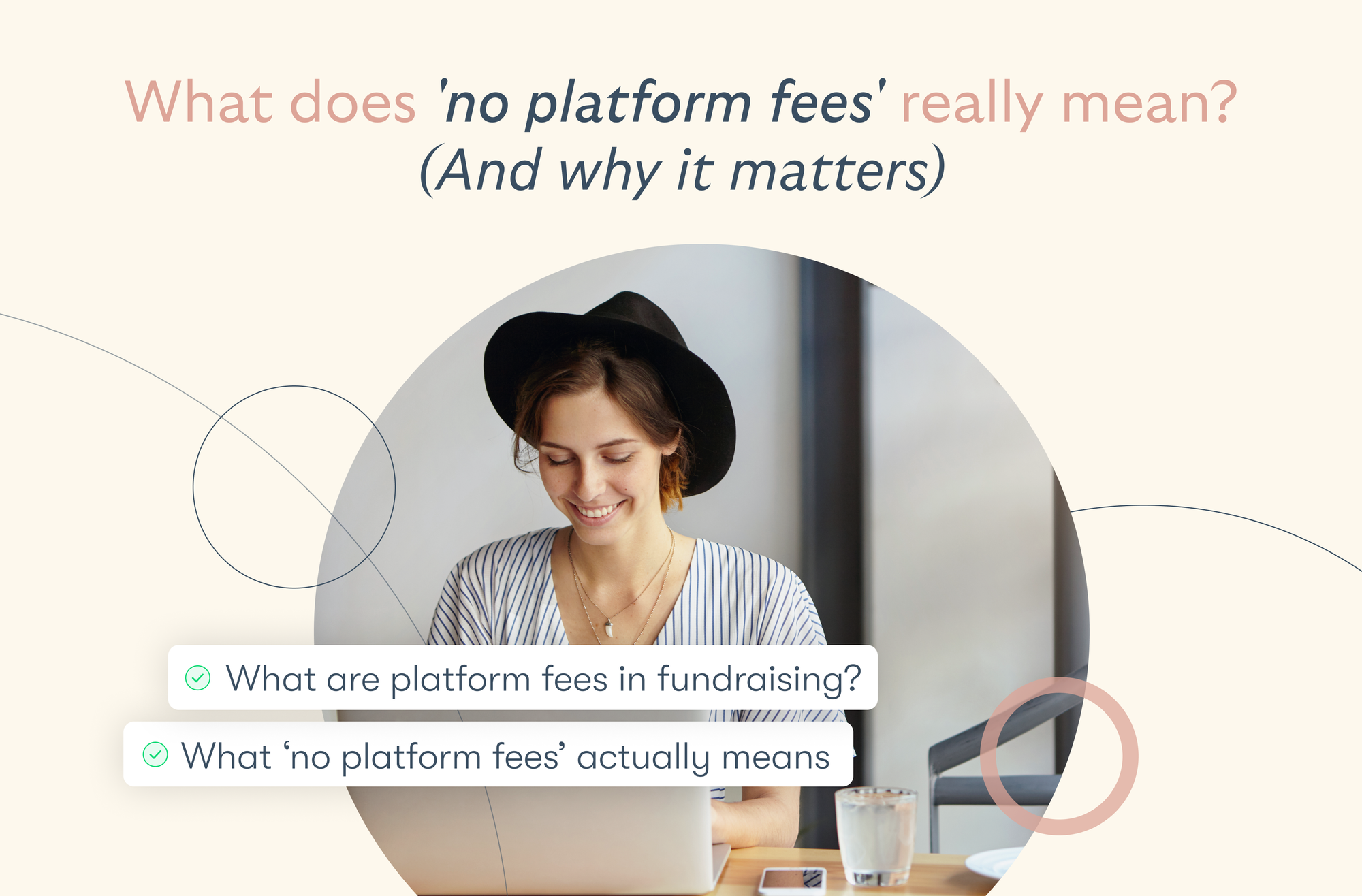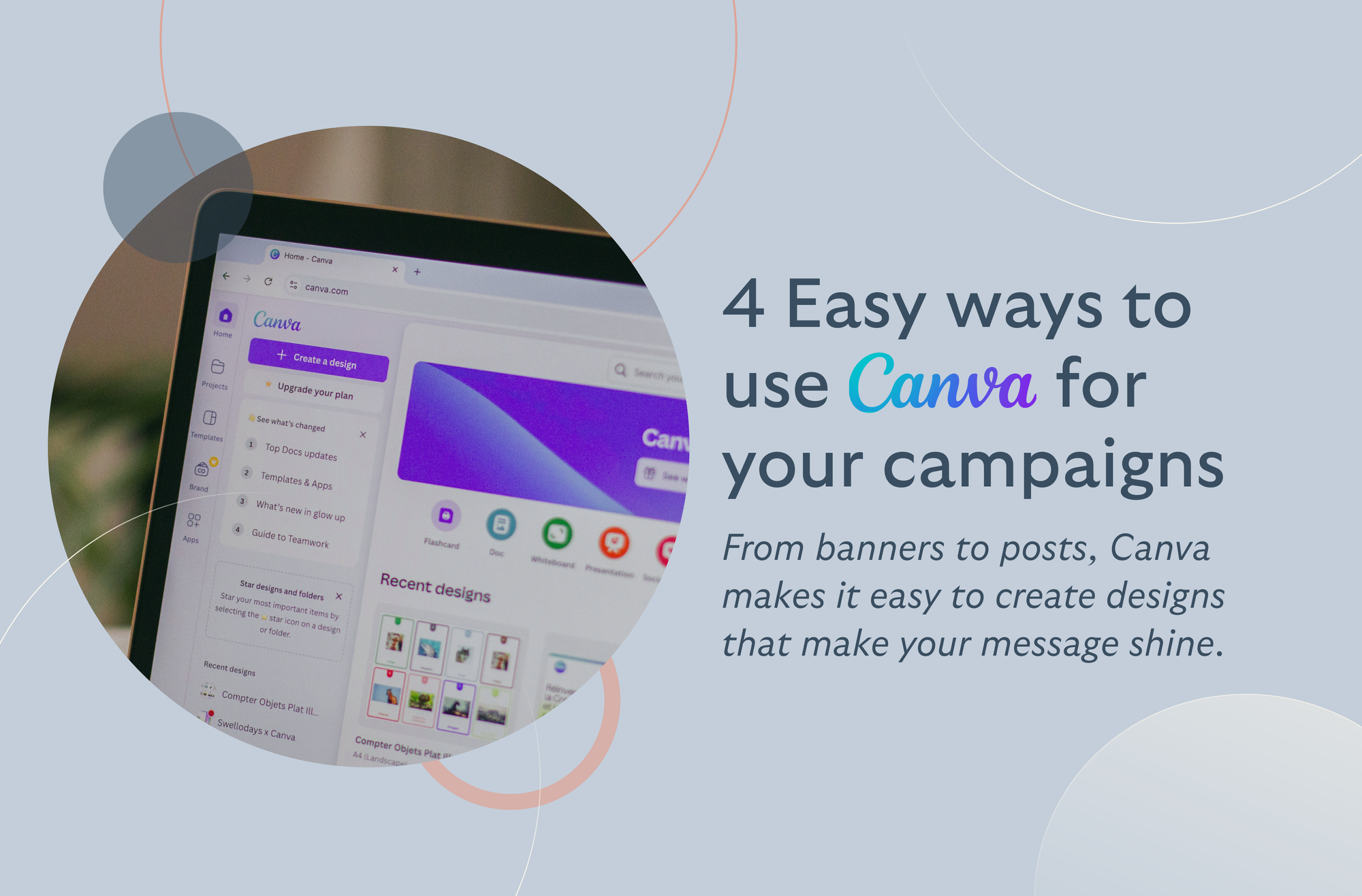Video Integration — boost the buzz around your online fundraising campaign
Time-saving – thoughtful automations save dozens of hours over your campaign
One-Click Checkout — our system will automatically charge the lucky winner
Text Message Notifications — keep your bidders engaged with text message notifications
Avoid These 7 Common Mistakes When Asking Businesses for Donations
By Whit Hunter

Many people think that asking for personal donations is the only way to fundraise. While it’s true that the majority of charitable donations come from individuals, you also need to know how to ask businesses for donations.
Approaching a company and asking for money can be intimidating. The good news is that there are several approaches to make asking for donations easier, but it’s important to be wary of common oversights to avoid along the way.
How to Ask Businesses for Donations: 7 Mistakes to Avoid
Asking businesses for donations is a different ball game than asking for personal donations, but don’t let that discourage you. Here are some examples of how to ask for donations and mistakes to avoid when asking donors for money.
Mistake #1: Not Tailoring Your Donation Request
Companies are typically on the hunt for ways to give back to their communities — providing an excellent opportunity for you to start asking for donations. Before you start knocking on doors and sending emails, be sure to tailor your request to the specific organization and what they may be able to offer.
Take this into consideration when you’re making your request. In addition to asking for a monetary donation, you can also suggest the following:
- In-kind donation, such as a product or service from their company
- Volunteer grant programs, where the company offers grants to organizations where their employees volunteer
- Corporate sponsorships, where the company places their logo on your auction or event
- Matching gift program
- Employee programs like paid volunteer days or automatic payroll deductions for donations
Requesting donations involves getting creative; otherwise you risk leaving money on the table.
Mistake #2: Neglecting to Follow Up After Requesting Donations
Companies are busy! Just because you don’t immediately hear back from your contact doesn’t mean you shouldn’t follow up.
If you haven’t received a definitive response within a few days of your initial contact, follow up with them again by either calling your point of contact, sending a quick email, or requesting another meeting.
In your follow-up communication, be sure to point out positive points from your previous conversations and give them any new information or developments that might be interesting to them. Keeping them informed of what you are doing is a great way to increase your donor engagement, whether they contribute to you now or in the future.
Organization is key when it comes to following up. Be sure to track your contact attempts as this will ensure you don’t reach out again too quickly or forget altogether.
Mistake #3: Not Doing Your Homework
Companies are more likely to give to causes that resonate with them. This is important for you to know as you start to solicit donations. If you create a list of companies whose values align with your organization’s, you’re more likely to see success when asking for donations.
When making your list of companies to approach, consider the following:
- Does their mission align with your organization’s?
- Do they openly engage in other philanthropic activities?
- Have they donated to organizations similar to yours in the past?
- Do they have a solid reputation in your community?
- Do they serve a similar demographic to your organization?
A good rule of thumb for any fundraising effort is to stick with local businesses. Smaller businesses receive fewer donation requests than larger, national businesses. Not only does this mean that they are more likely to donate, but it also means that you’ll probably receive a response sooner. They will also be more excited to give back to your local community.
Let us help you raise more! Use BetterWorld’s free, easy fundraising tools!
Mistake #4: Forgetting to Practice Your Pitch
If you are lucky enough to score an in-person meeting with a potential donor, practice your pitch. Make sure that it emphasizes why your organization is a good fit for their philanthropic goals, not just that you’re asking for money.
Highlight the good things you’ve done in your community that this particular business might be interested in. For example, if you are fundraising for an agricultural-based charity and you’re talking to a local farm, highlight some of the legislation your organization has worked on or how you’ve connected local kids with other farms for volunteer opportunities.
If your pitch makes the business feel personally connected to your mission, you are more likely to obtain a donation.
Mistake #5: Creating an Ambiguous Request
When you end a meeting with a potential donor by saying something like “and reach out if you ever want to donate!”, you’re leaving the door open but in a confusing manner.
When asking people to donate, be clear and specific. If you want a company to donate $25,000 to be used to buy books for low-income kindergarteners, state exactly that. Telling the business exactly what you want is one of the most important things when it comes to how to ask for donations. People respond better to direct instructions because it doesn’t leave space for confusion.
While being specific in your request is very important, it’s also important to be flexible in what you’ll accept. By stating what you are looking for, you open the dialogue for the business to fit their donation into your request. For example, if you asked for $25,000, but a company offered you $10,000, you wouldn’t turn that down, right?
Mistake #6: Not Saying Thank You
If you do secure a donation, be sure to say thank you more than once. When you are appreciative of their help, you make the relationship between your organization and the business stronger.
Above all, be genuine both in the way you ask for donations and in your appreciation and follow-up. When you are truly working to make a difference, companies and potential donors will notice and acknowledge that.
Mistake #7: Making Donations Difficult
If a company is ready to donate, make it easy for them to do so! If they get frustrated by the process, they might give up and not donate, or they might say no when you ask for donations again.
To avoid this issue, use an online platform, such as BetterWorld, that makes it easy to secure and process donations for your organization.
Now that you know how to ask for donations, sign up for a free account at BetterWorld today! The best fundraiser you’ve ever held is just a click away.

Join 105,000+ amazing nonprofits, organizations, and fundraisers on BetterWorld

Let our FREE fundraising tools help you raise more funds with less effort








